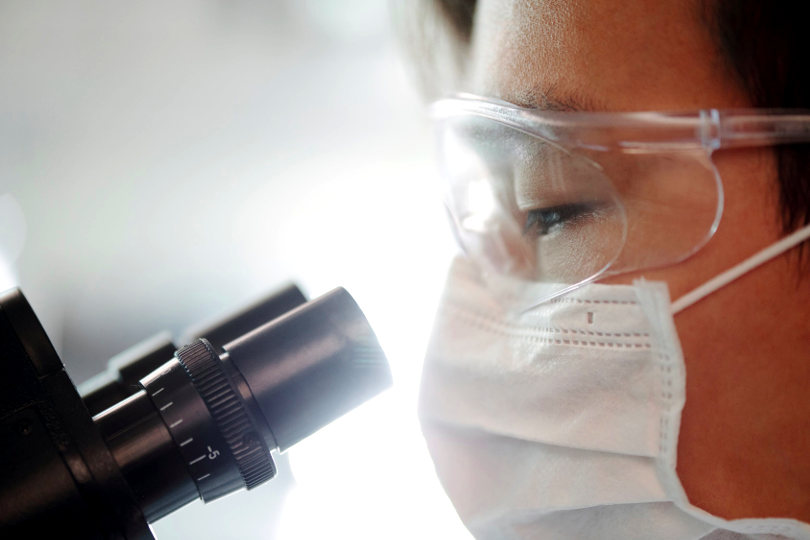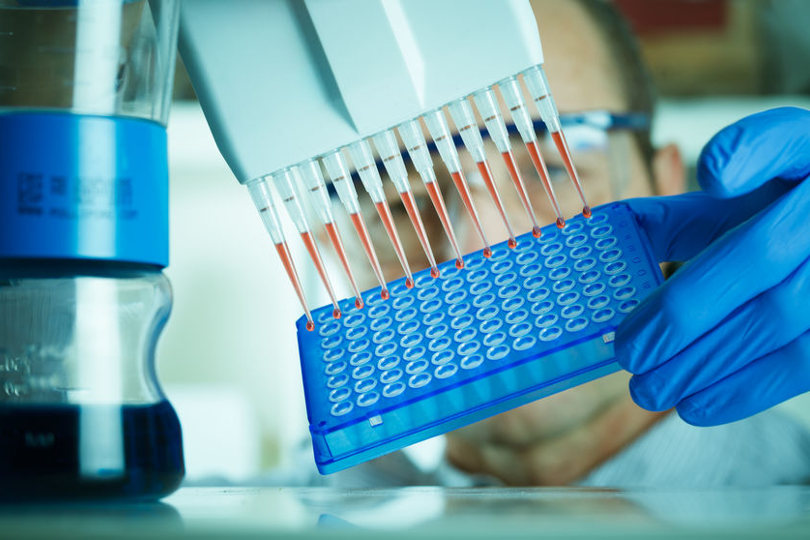Discover the key factors shaping market dynamics and opening up growth opportunities.
COVID-19 has laid down a gauntlet for biotech and pharmaceutical companies around the world. The race toward a successful COVID-19 vaccine is reshaping the comprehensive approach employed in identifying and advance treatments in the healthcare market.

In addition to a speedy and complete understanding of the relevant science and technology of each disease, companies require an upgraded level of competency across the board to translate ideas into economically viable treatments.
Successful navigation toward this new, collaborative process requires companies and researchers to reimagine processes of new drug development at each phase, with an understanding of value creation. These advancements are vital to facilitate a better understanding of complicated dynamics associated with a spectrum of challenging diseases.
Preclinical drug development navigates many areas of post-discovery, including in-vivo, in-vitro, and toxicological studies, efficacy, and animal models. The preclinical development process allows researchers and companies to compile data supporting the likelihood of success associated with a specific drug candidate.
Critical Components in Academic Research
In the drug development industry, time equals money. Minimizing costs against aggressive timelines is the financial goal of the most successful labs in preclinical academic research. Academic lab research concentrates heavily on advancing experimental science designs that emphasize the understanding of scientific mechanisms, publishing papers exploring phenomena rather than developing commercialized data or products.
Academia struggles with generating the reproducible preclinical data needed for drug approval due to the diminished focus on developing marketable assets. This reduced focus on reaching clinical phase results, and low clinical trial success yields a significantly elevated cost. As a result, research funding is not met with a reasonable return on investment.
Many academic labs are less interested in market trends and largely ignore competitive landscape and market demands.
Innovation Turns the Tides in Academic Research
Today, innovation-driven academic research challenges the status quo, and Dr. Gabi Hanna is an example of this changing tide. Dr. Hanna has introduced a new research model that merges the strengths of academia with industrial research.
Born in Syria, Dr. Hanna began his surgical residency at the Aleppo University Medical Center and continued his studies in the United States with the intent to return to Syria to practice surgery. As Syria destabilized in 2011, he remained in the United States and decided to focus on curing diseases through drug development. A decision that led Dr. Hanna further down the path of educational training. He completed an MBA, landed a postdoctoral fellow at Duke University, which led to a research associate position and a seat on the Duke Institutional Review Board.
It was at Duke where Dr. Hanna extensively studied the process of translating scientific technology into clinical results, and he continued this work with the Duke Preclinical Translational Research Unit. With a focus on utilizing collaboration between biotech companies and primary academic investigators, Dr. Hanna improved the reproducibility of preclinical data and increased the success rate of clinical trials.

Translational Research Accelerates Drug Development
Translational Research strives to accelerate drug development by implementing a comprehensive plan that fully integrates the resources and expertise of academia with industrial research’s market power. With a thorough understanding of the science and procedures involved in preclinical studies, Dr. Hanna developed a new, innovative academic drug development model.
First, Dr. Hanna’s research is built with the consistency of Investigational New Drug (IND) standards and protocols. Secondly, his academic lab is designed with the industry model in mind, combining academic research resources with a heavy focus on commercialization.
Instead of adjusting a technology to utilize for application in medicine, Dr. Hanna concentrates on understanding the disease thoroughly to design projects specific to those disease areas. He creates an asset with commercial potential and the ability to generate value, utilizing the preclinical process steps to create efficacy.
By refining the preclinical path, Dr. Hanna creates an initial commercialization plan, which accelerates the process of achieving his goal in reducing costs and generating higher value associated with drug candidates.
Translational research made an indelible mark in 2017 when Dr. Hanna attended the Institute for Biomedical Entrepreneurship (IBE) conference. An impressive roster of industry professionals from diverse fields collaborated with the IBE to refine Dr. Hanna’s understanding of translational medicine.
The principles of the IBE worked to help entrepreneurs expand their insight into the translational process, which enabled superior efficiencies in advancing new clinical research ideas with adaptive business models. The curriculum also provided him with access to the EurekaConnect Behavioral Dynamics Professional Development and leadership training program. This access validated the importance of translational research coupled with the activities and inflection points needed to advance a clinical idea to a marketable product successfully. This allowed Dr. Gabi Hanna to fine-tune his understanding of the preclinical landscape and better apply his business administration background to medical development.
Dr. Hanna’s new methodology lays the foundation for a new business model, which places equal importance on efficiencies in the lab, focusing on business viability and commercial success. The new model emphasized business structure and capitalization. This approach aimed to reduce the capital burden and achieve commercialization more rapidly.

Lammasu Pharma Born from Innovation and Global Necessity
Lammasu Pharma was established in 2018 to capitalize on expertise in early translational research and eliminate the significant gap in the drug development process. Lammasu Pharma excels at safely and effectively pushing drug candidates toward phase I/II clinical trials. Out of the gate, Lammasu Pharma chose to focus directly on severe acute pancreatitis, which currently has no available treatment and results in the hospitalization of over 330,000 individuals annually in the U.S. alone. This severe unmet medical need in medicine today creates a significant burden on the healthcare system and takes a toll on afflicted patients. Lammasu Pharma’s first drug candidate, RABI767, is a small molecule developed by the Mayo Clinic, which has been proven to possess a profound ability to mitigate mortality and morbidity associated with severe acute pancreatitis in animal models.
The initial results of RABI767, built on the process of Dr. Hanna’s Lammasu, have successfully demonstrated the raw power when the approaches of academia and industry laboratory research are merged. This unique business model is proven to secure strategic and non-dilutive capital as part of a business model. Furthermore, Lammasu’s model reduces the time needed to ensure capital, increasing its value, and maintaining more substantial economic positions for early investors and partners.
Dr. Hanna’s innovative and fiscally beneficial approach of combining industry and academia introduces a tremendous opportunity for streamlining the drug development process. Lammasu Pharma culminated in Dr. Hanna’s diverse medical and business education, clinical field experience, and entrepreneurship. The approach of Lammasu Pharma is to develop solutions through translation that are innovative, adaptable, economically viable, and, most importantly, treats previously untreatable diseases. Dr. Hanna and his team will continue to refine the scientific process and the business model to create value for patients, clinicians, the healthcare environment, and the investment community.







